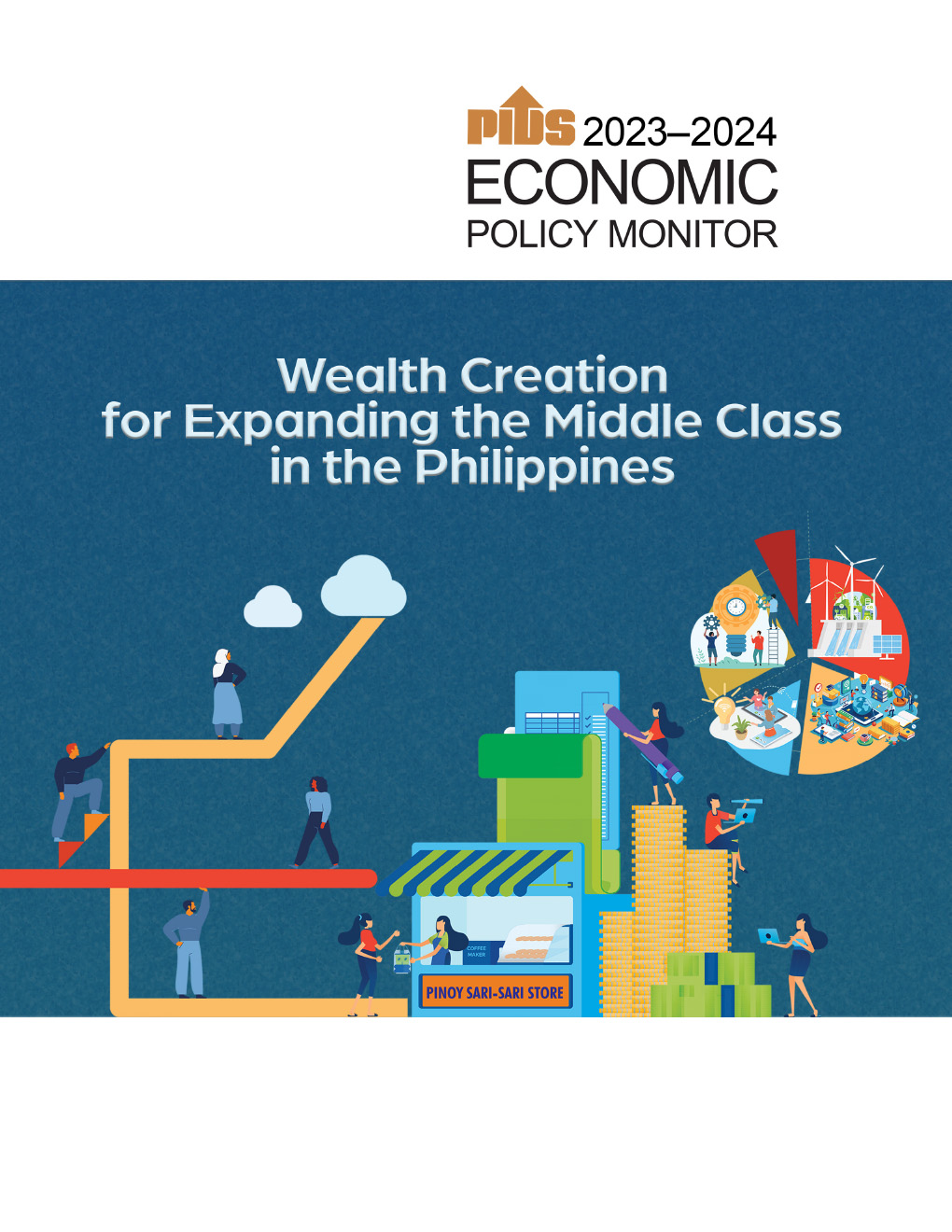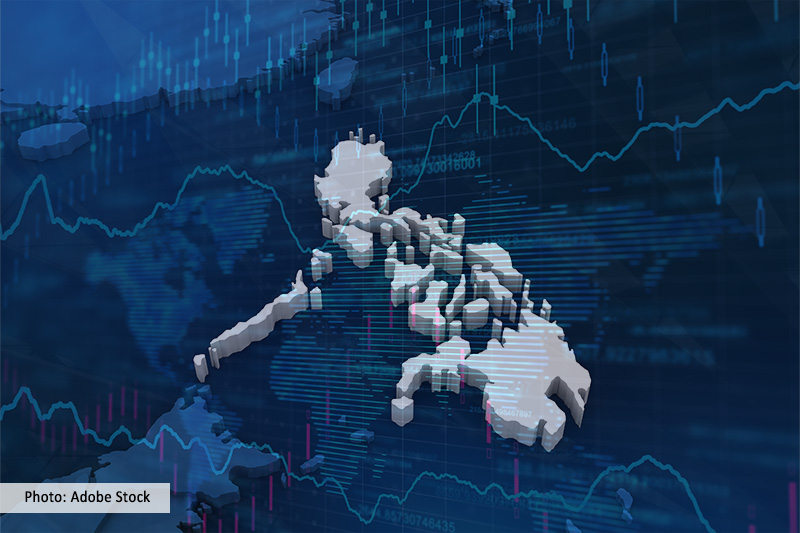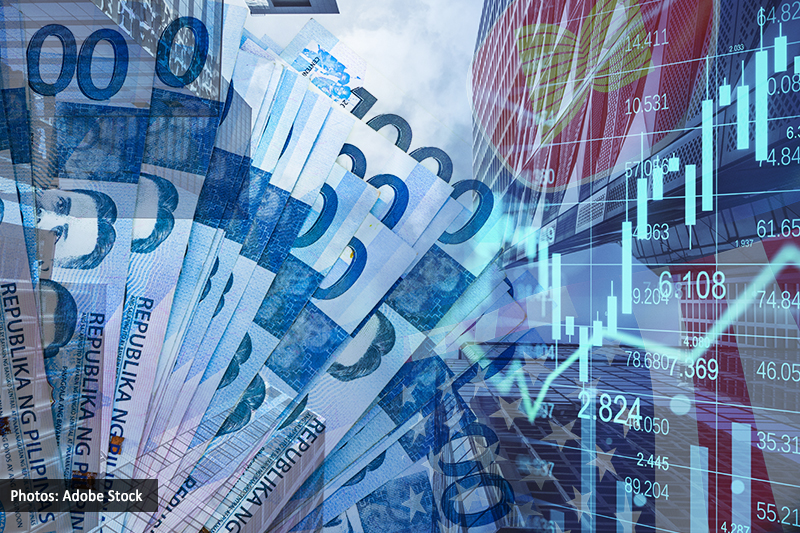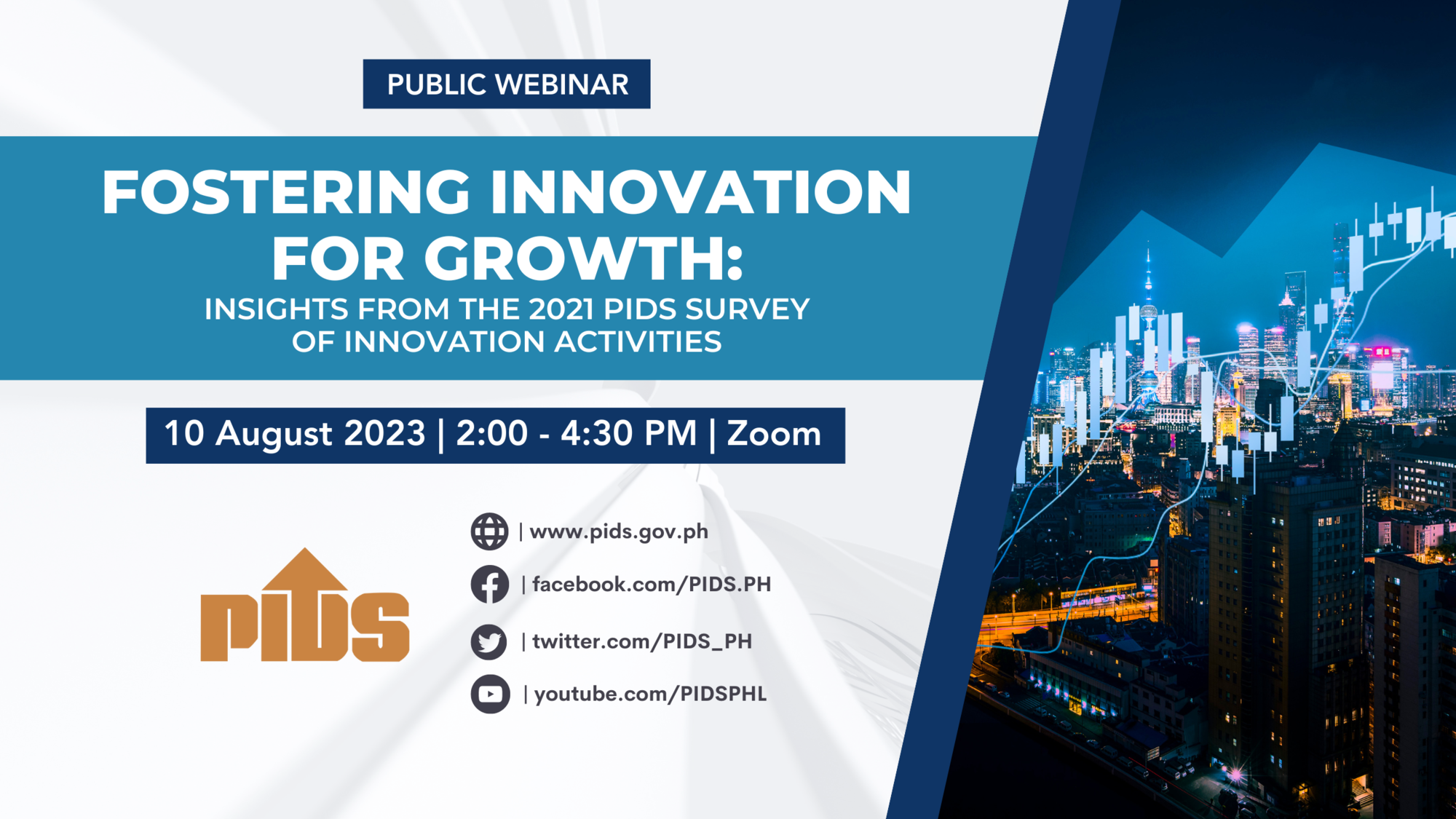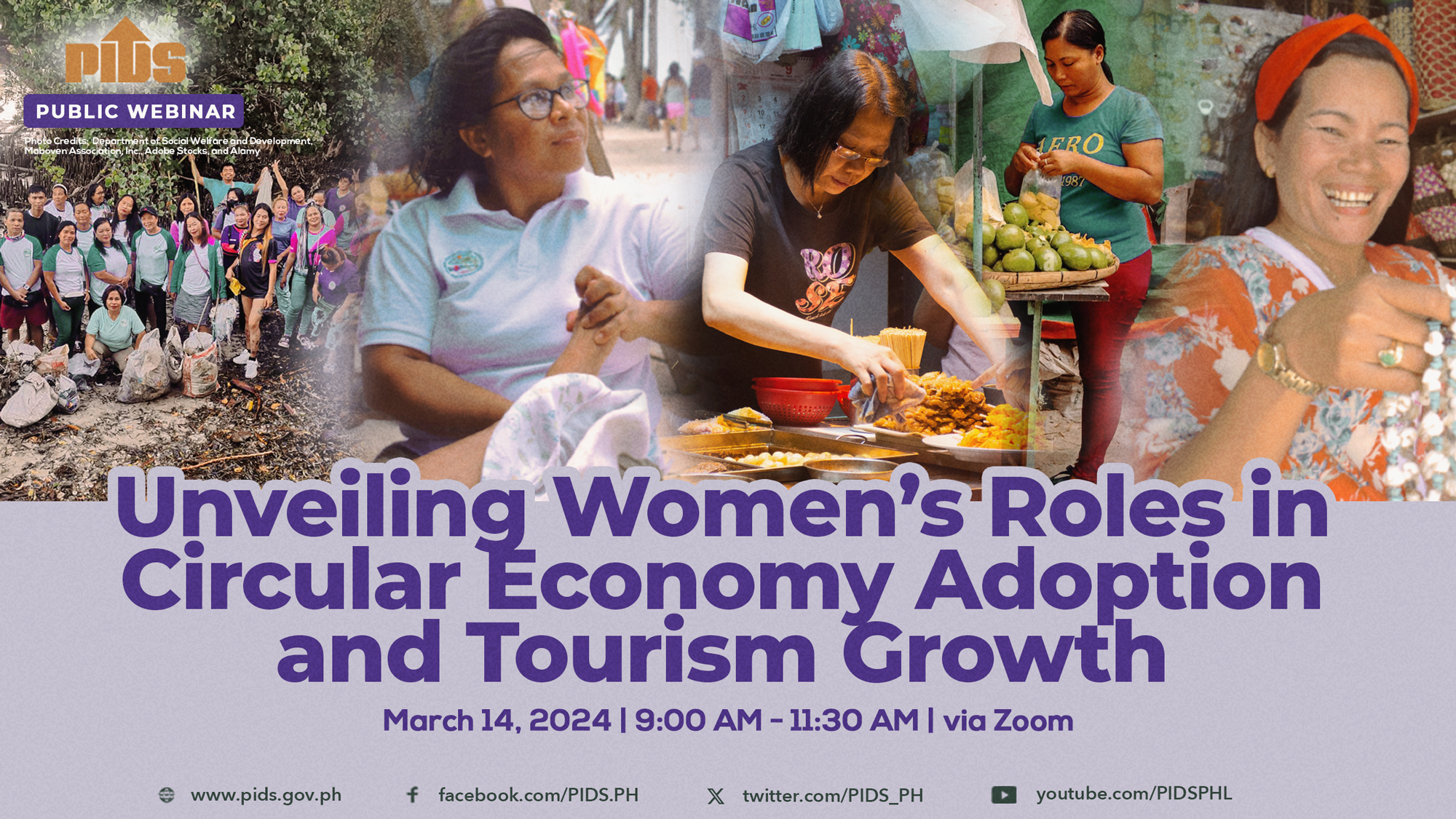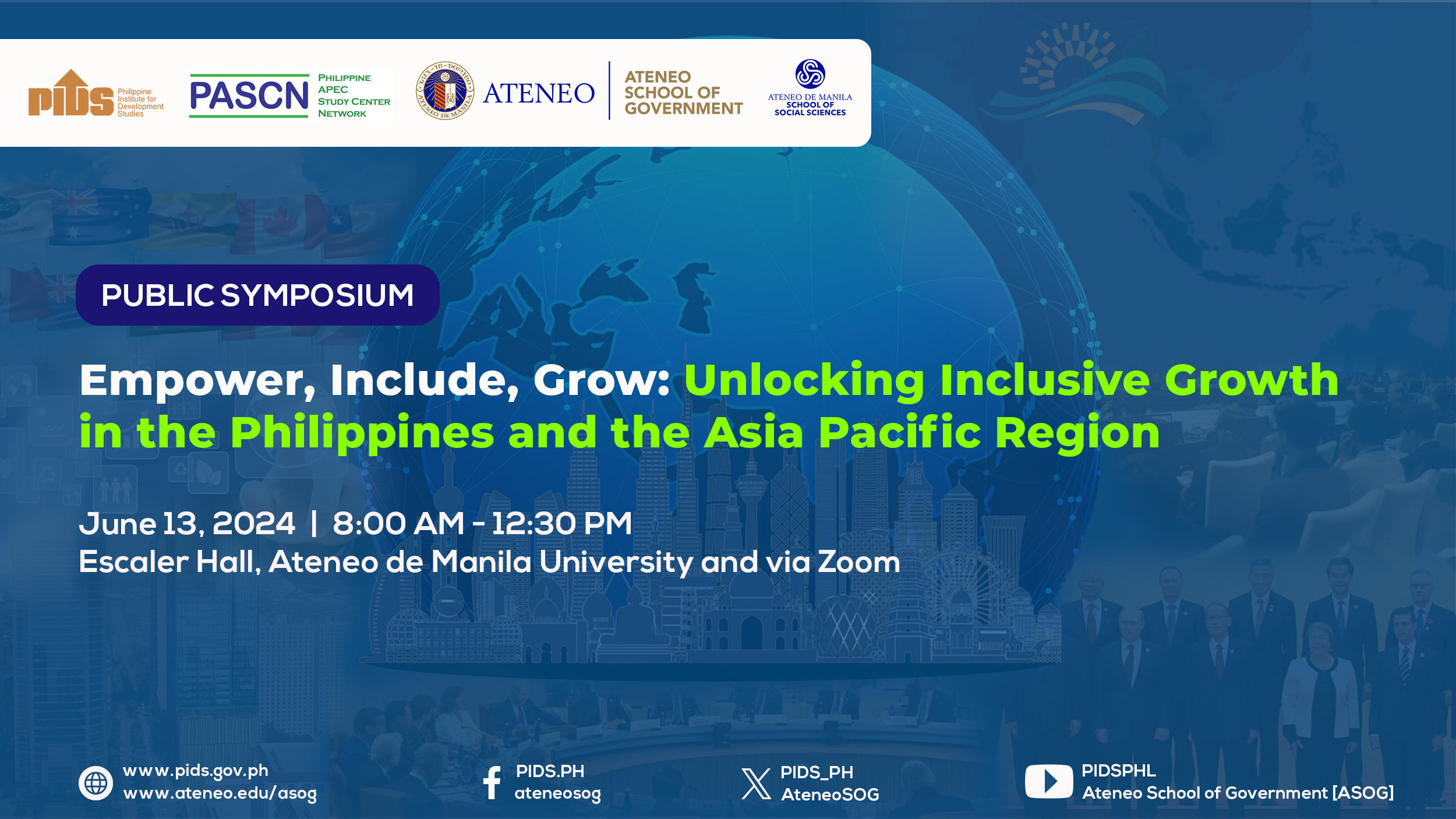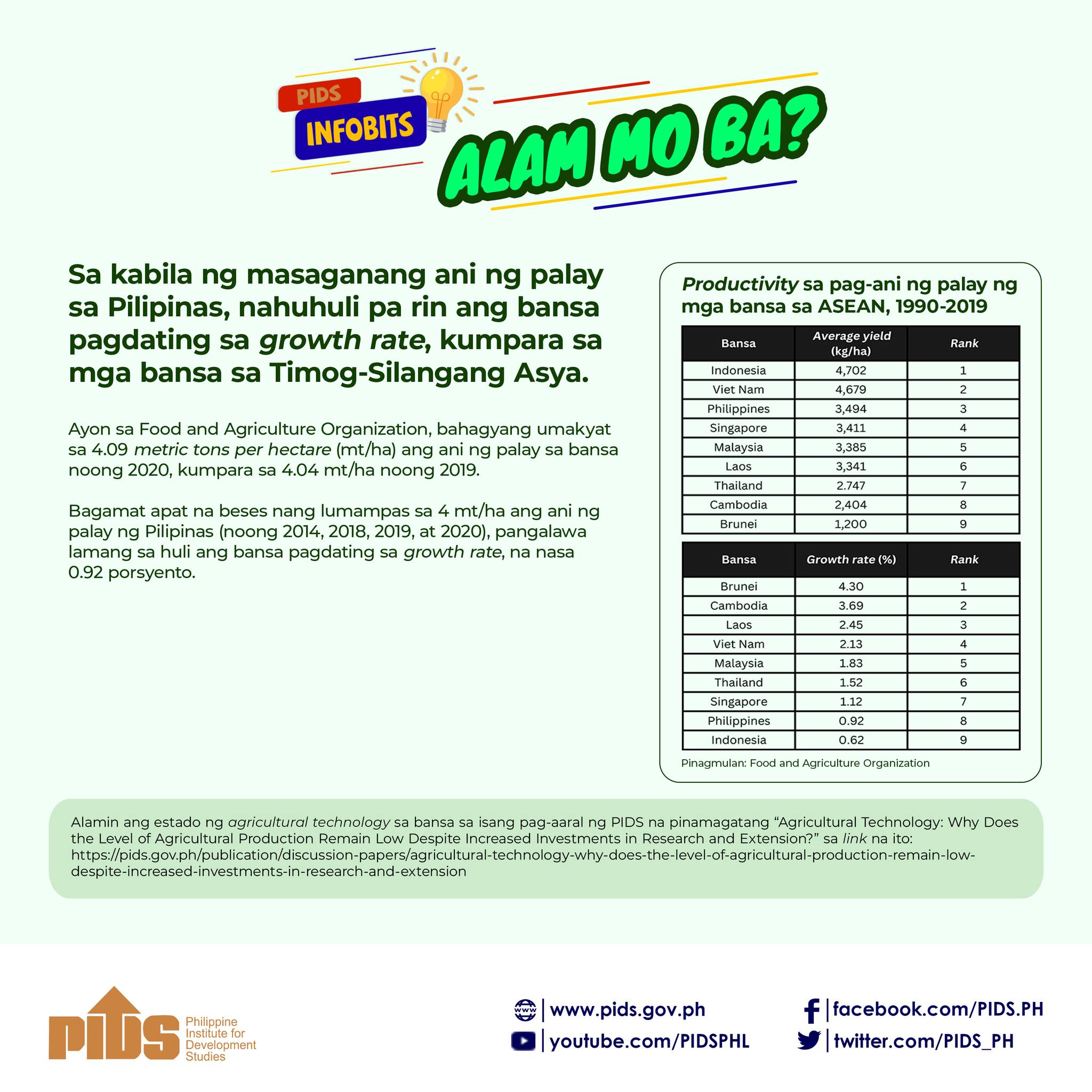THE PHILIPPINE ECONOMY will likely hit its growth target this year and in 2023 amid global headwinds, Finance Secretary Benjamin E. Diokno said on Tuesday.
“Domestic growth will exceed 7% this year. We should not despair if growth (slows to) 6.5% next year. That’s spectacular given the global headwinds. I expect that next year, we will meet [the target],” Mr. Diokno said on the sidelines of the BusinessWorld Economic Forum in mixed English and Filipino.
Philippine gross domestic product (GDP) growth averaged 7.7% in January to September, still above the government’s 6.5-7.5% full-year goal.
To meet its target, the economy only needs to grow by 3.3% in the fourth quarter.
“I know that navigating the current global political landscape is a daunting task. But it is doable with the right tools to help us stay the course,” Mr. Diokno said in a speech at the forum.
“This is precisely why the Marcos administration prepared a comprehensive eight-point socioeconomic agenda to help us tackle pressing challenges and lay a strong foundation for higher economic growth,” he added.
Mr. Diokno reiterated the Philippines’ debt-to-GDP ratio is not as high compared with other countries.
The National Government’s outstanding debt as a share of GDP rose to 63.7% at the end of September — the highest in 17 years. It is above the 60% threshold considered manageable by multilateral lenders for developing economies.
“Our debt is stretched out, long term to medium term. You cannot just pay for that tomorrow,” Mr. Diokno said. “We need to borrow money for our development efforts. Also, the coronavirus pandemic happened. If there was no pandemic, we would be at 40%. But we need to address the pandemic first.”
The government aims to bring down the debt-to-GDP ratio to 61.8% by yearend and all the way to 52.5% by 2028.
Mr. Diokno also said the government would rely less on foreign borrowings to minimize foreign exchange risks. He said the government would stick to its plan to get 75% of its borrowings domestically.
The government borrows from local and external sources to help fund a budget deficit capped at 7.6% of GDP this year.
SLOWER GROWTH IN 2023
Meanwhile, Philippine Institute for Development Studies (PIDS) researchers said GDP growth “will likely be closer to 7.1%” this year, within the government’s 6.5-7.5% target, as the economy continued to reopen.
In a study, PIDS Senior Research Fellow Margarita D. Gonzales, Supervising Research Specialist John Paul P. Corpus, and Research Analyst Ramona Maria L. Miral said the economy is projected to slow to 4.5-5.5% next year, below the government’s 6.5-7.5% goal.
“Economic activity in the Philippines may be heavily weighed down by simultaneous monetary tightening across the world, heightened risks of a sharp slowdown of major economic partners, mainly the US and China and restrictive financial conditions that confront most emerging markets and developing economies,” the researchers said.
A global downturn would affect the economy mainly through a drop in exports and weaker investment spending, they added.
The PIDS researchers said inflation is expected to average 5.7% in 2022, slightly lower than the BSP’s 5.8% average forecast.
They expect inflation to ease to 3.5-4.5% next year, within the BSP’s 2-4% target.
“Price pressures may persist for the time being, as the effects of regional wage and transport fare increases, and sharp peso depreciation continue to ripple forward,” they said.
Supply issues in agriculture and energy could further drive prices higher, they added.
Headline inflation in October accelerated by 7.7%, the fastest pace in nearly 14 years, mainly driven by rising food costs. For the first 10 months, inflation averaged 5.4%.
“Inflation will be a major limiting factor in the near term. Higher consumer prices have reduced the purchasing power of households, further lowering their real incomes coming out of the pandemic, while higher input costs are pressuring businesses, especially those with already thin profit margins and low net worth,” the researchers said.
They said the government should focus on taming inflation by focusing on supply-side solutions to increase productivity, easing exchange rate volatility by drawing from foreign reserves and providing social protection programs for the most vulnerable.

